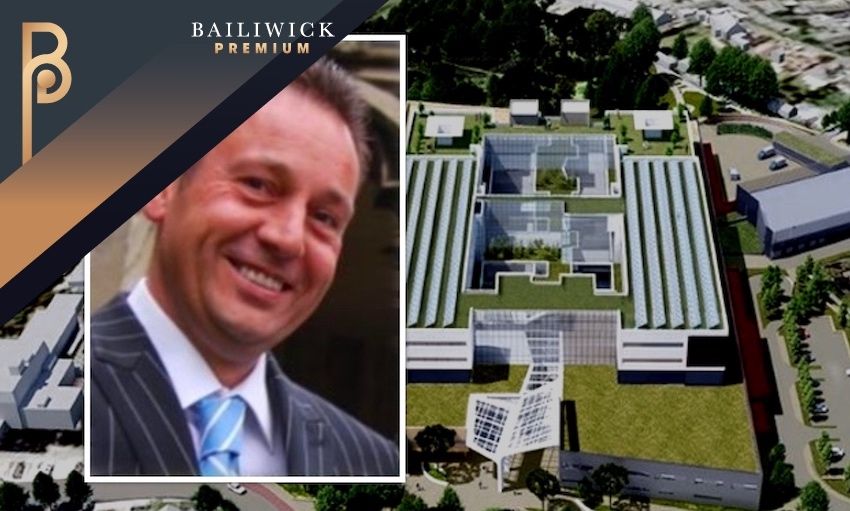


Today, the first stage of the inquiry that could make or break plans for a new £800m hospital in Jersey is getting underway - and one man, who you may not have heard of, has a critical role to play in that.
The man set to take centre stage (once more) in the new hospital saga is Philip Staddon.

Continue reading this article
Log in or sign up for an AIM Plus account now to read this story.
Get more from AIM Plus
Comments
Comments on this story express the views of the commentator only, not Bailiwick Publishing. We are unable to guarantee the accuracy of any of those comments.